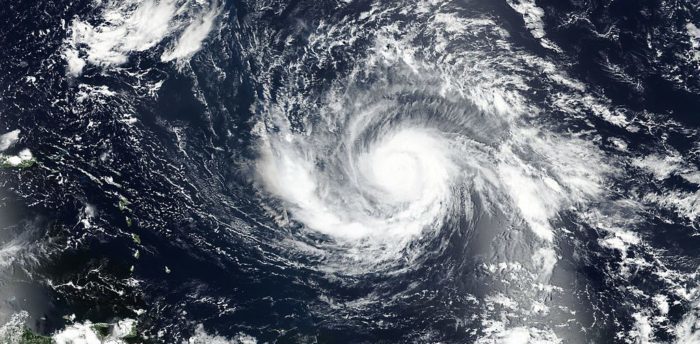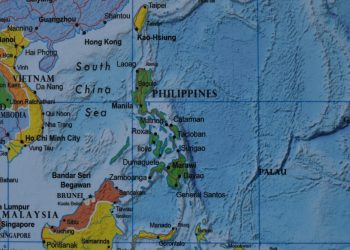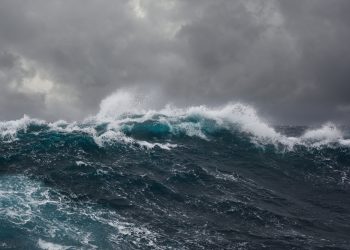NOAA focuses on the phenomenon of hurricanes and explains what they are, how they are formed and how they occur, given their effects can lead to serious and fatal disruptions.
When wind speeds within such a storm reach 74 mph, it’s classified as a hurricane. The terms “hurricane” and “tropical cyclone” refer to the same kind of storm: a rotating, organized system of clouds and thunderstorms that originates over tropical or subtropical waters and has closed, low-level circulation.
The hurricane is mostly seen in tropical areas affected by the tropical conditions. Specifically:
- A pre-existing weather disturbance: A hurricane often starts out as a tropical wave.
- Warm water: Water at least 26.5 degrees Celsius over a depth of 50 meters powers the storm.
- Thunderstorm activity: Thunderstorms turn ocean heat into hurricane fuel.
- Low wind shear: A large difference in wind speed and direction around or near the storm can weaken it.
If the above conditions are mixed together it is most likely that a hurricane is going to be developed; Yet, a hurricane doesn’t always develop.
Moreover, hurricanes can be described as a violent form of the ocean and most of the times they begin as a tropical wave, where a low pressure area that moves through the moisture-rich tropics, possibly enhancing shower and thunderstorm activity.
Also, all the hurricanes are given a name so that they are easily tracked, concerning their occurrence, and scientists can expect them.
As the hurricane moves westward across the tropics, warm ocean air rises into the storm, forming an area of low pressure underneath, causing more air to rush in. The air then rises and cools, forming clouds and thunderstorms. Up in the clouds, water condenses and forms droplets, releasing even more heat to power the storm.
Recently, NOAA warned that there’s a high possibility that global warming could boost hurricanes, and that major hurricanes could be increased by two in a similar active year at the end of century.





























































